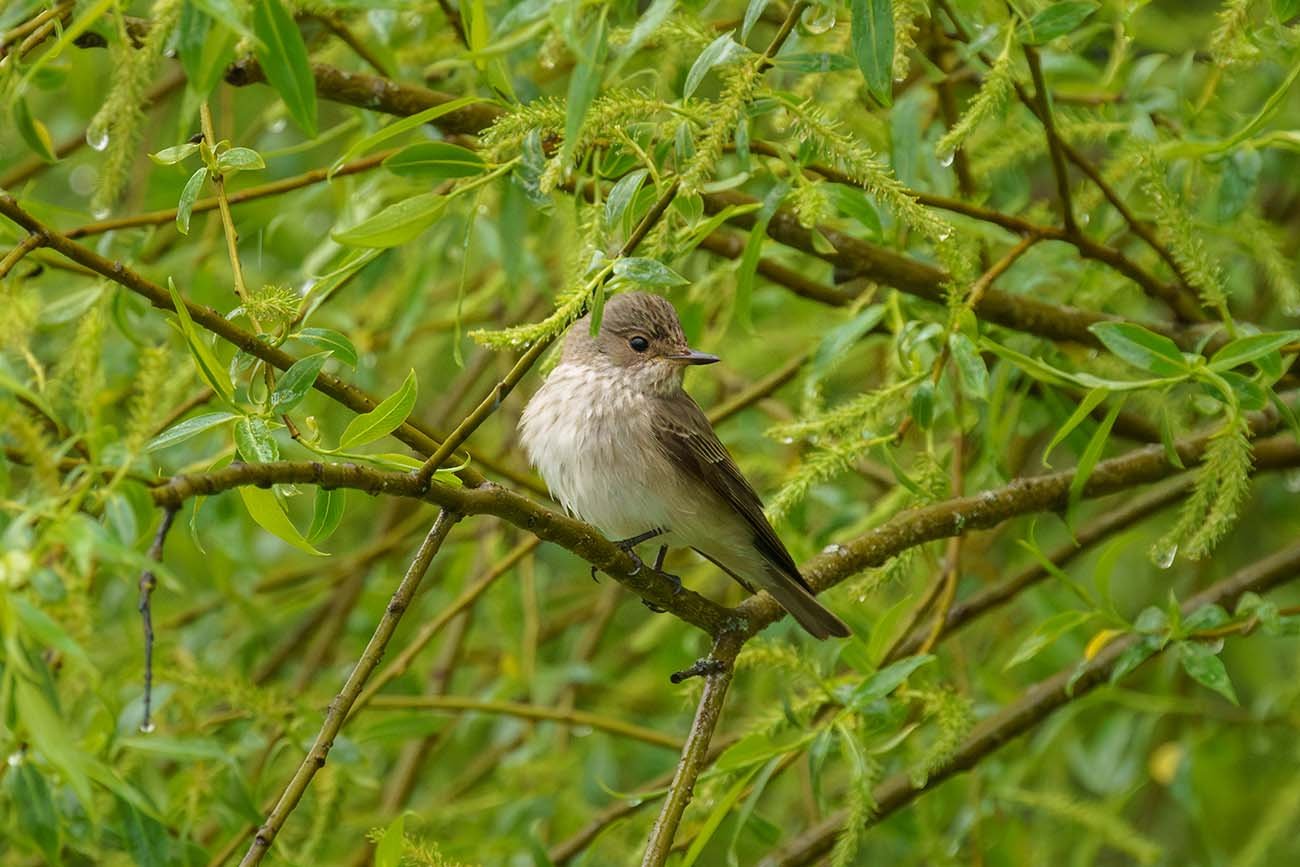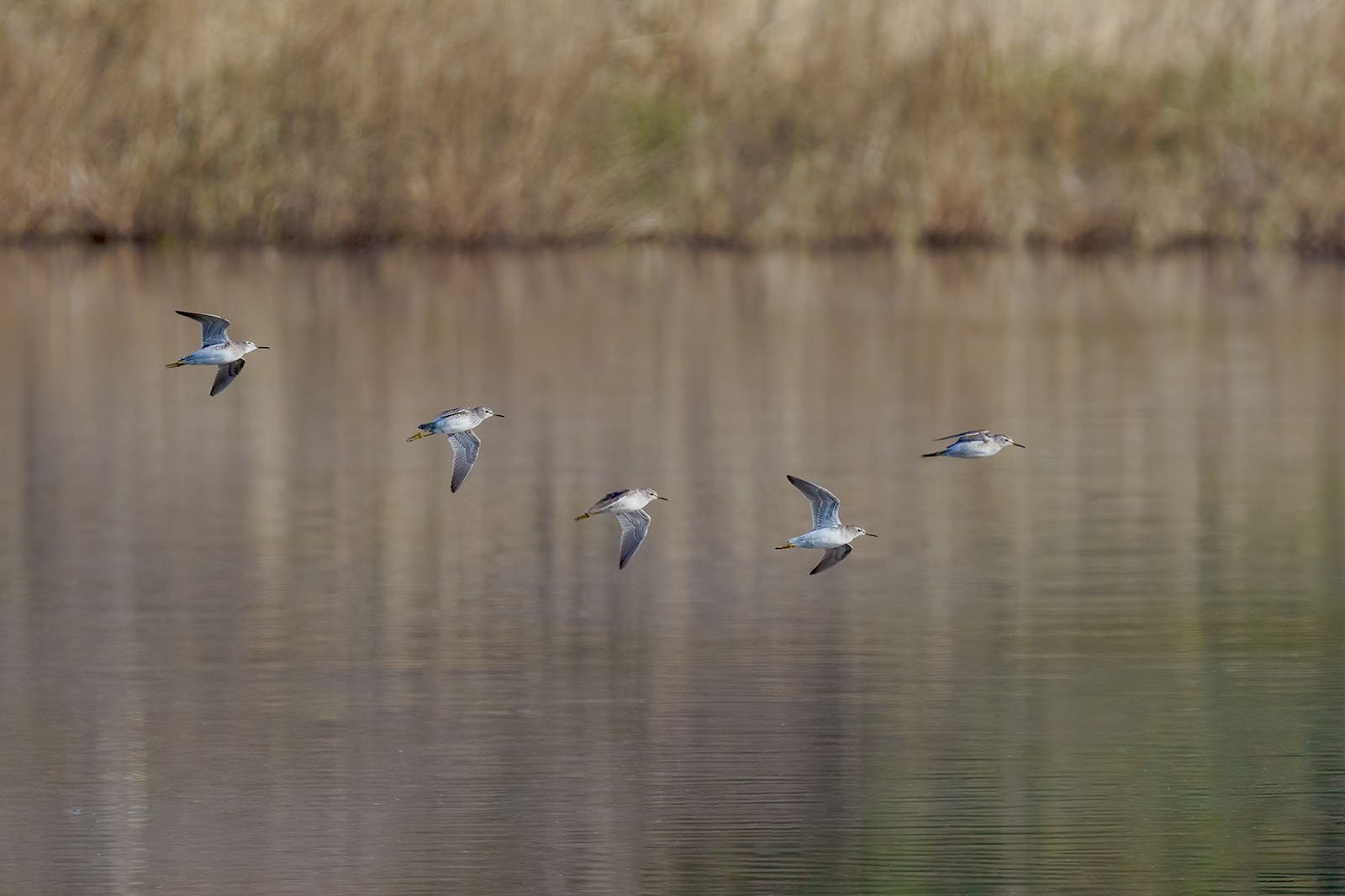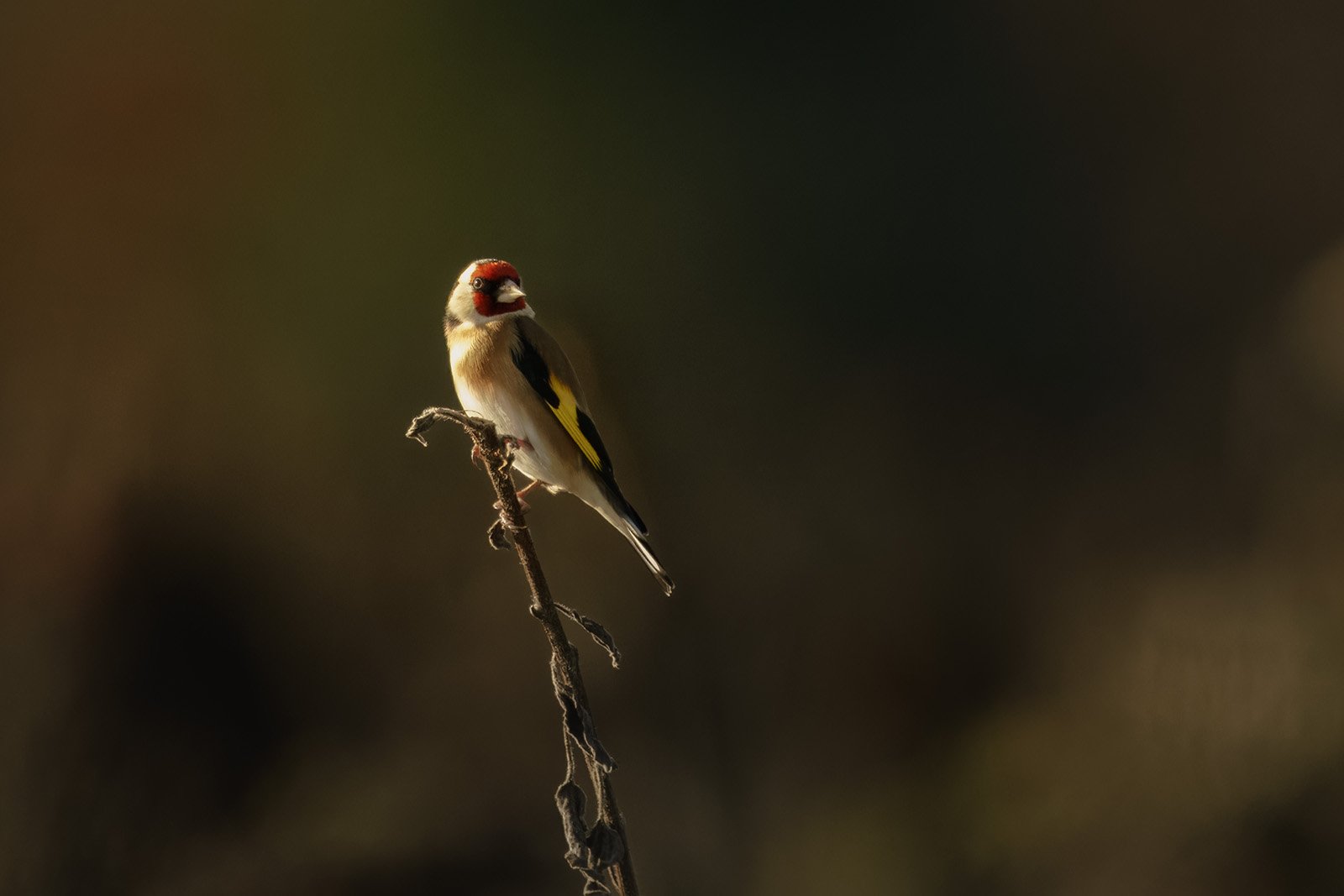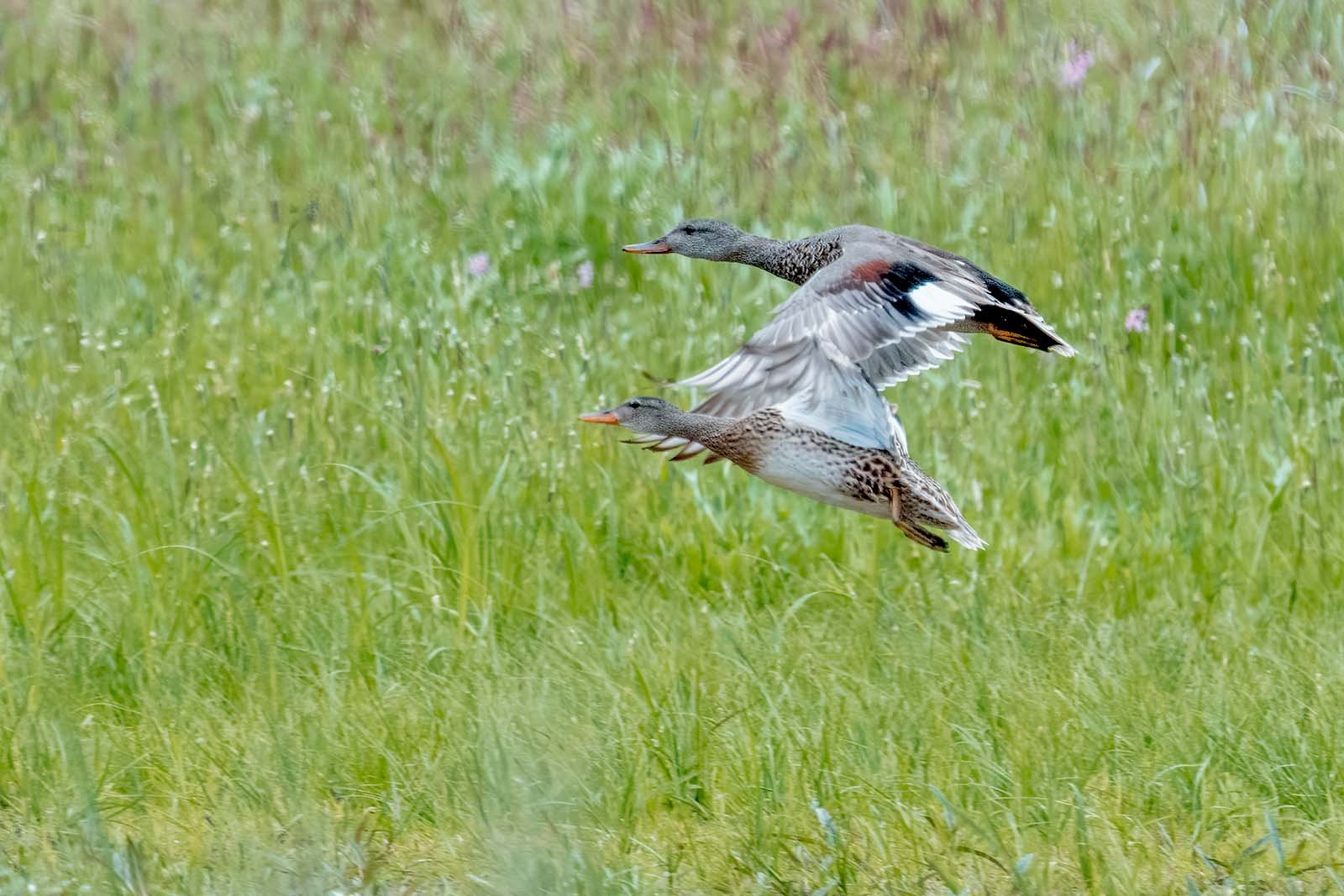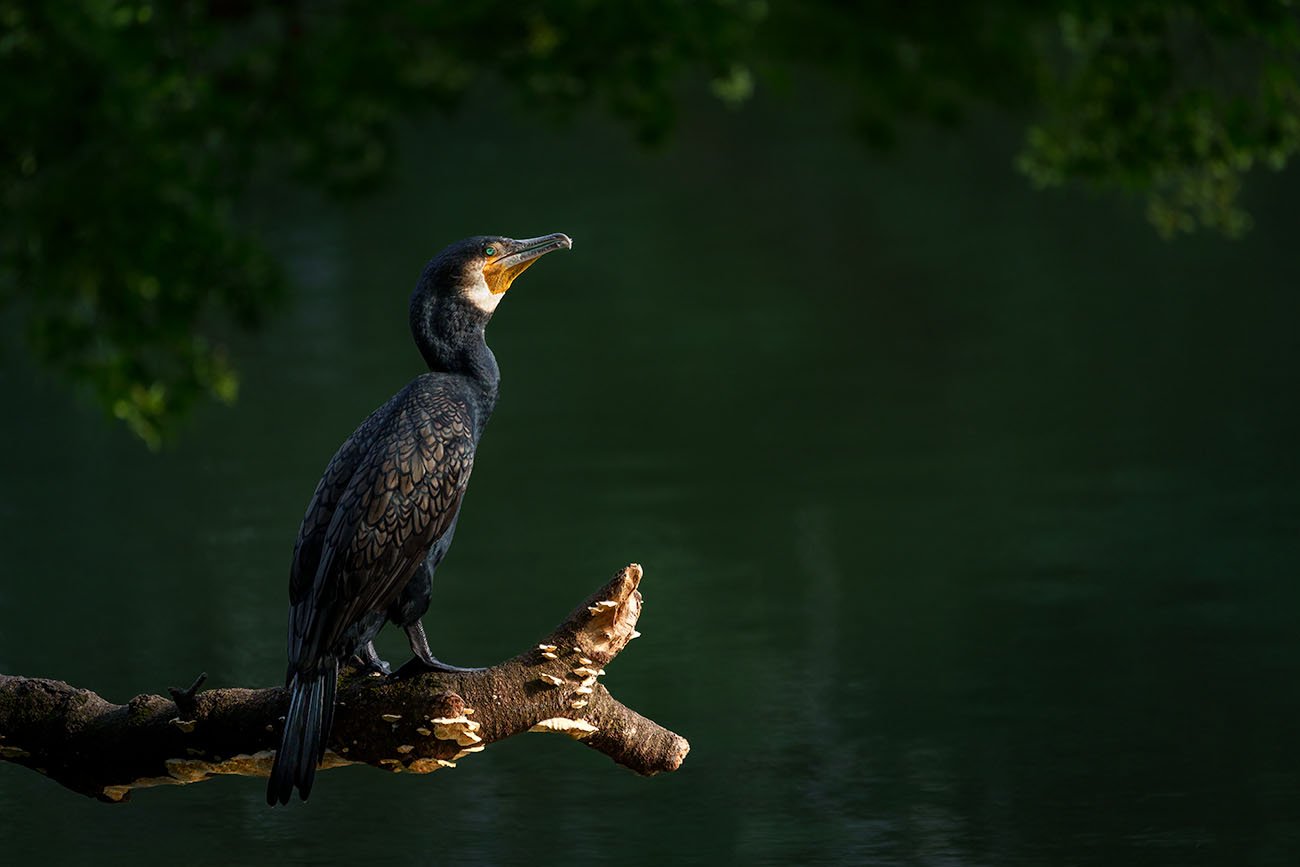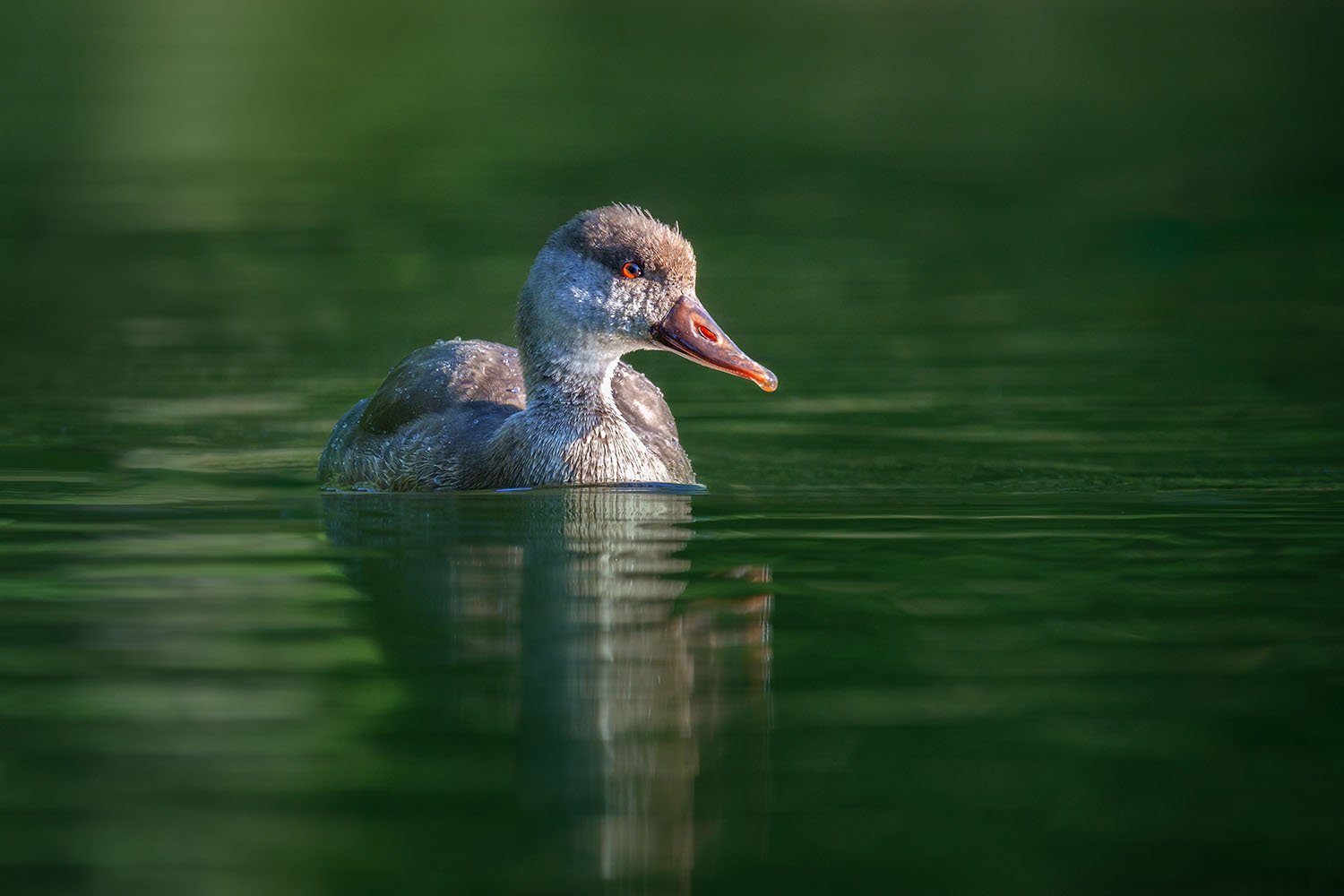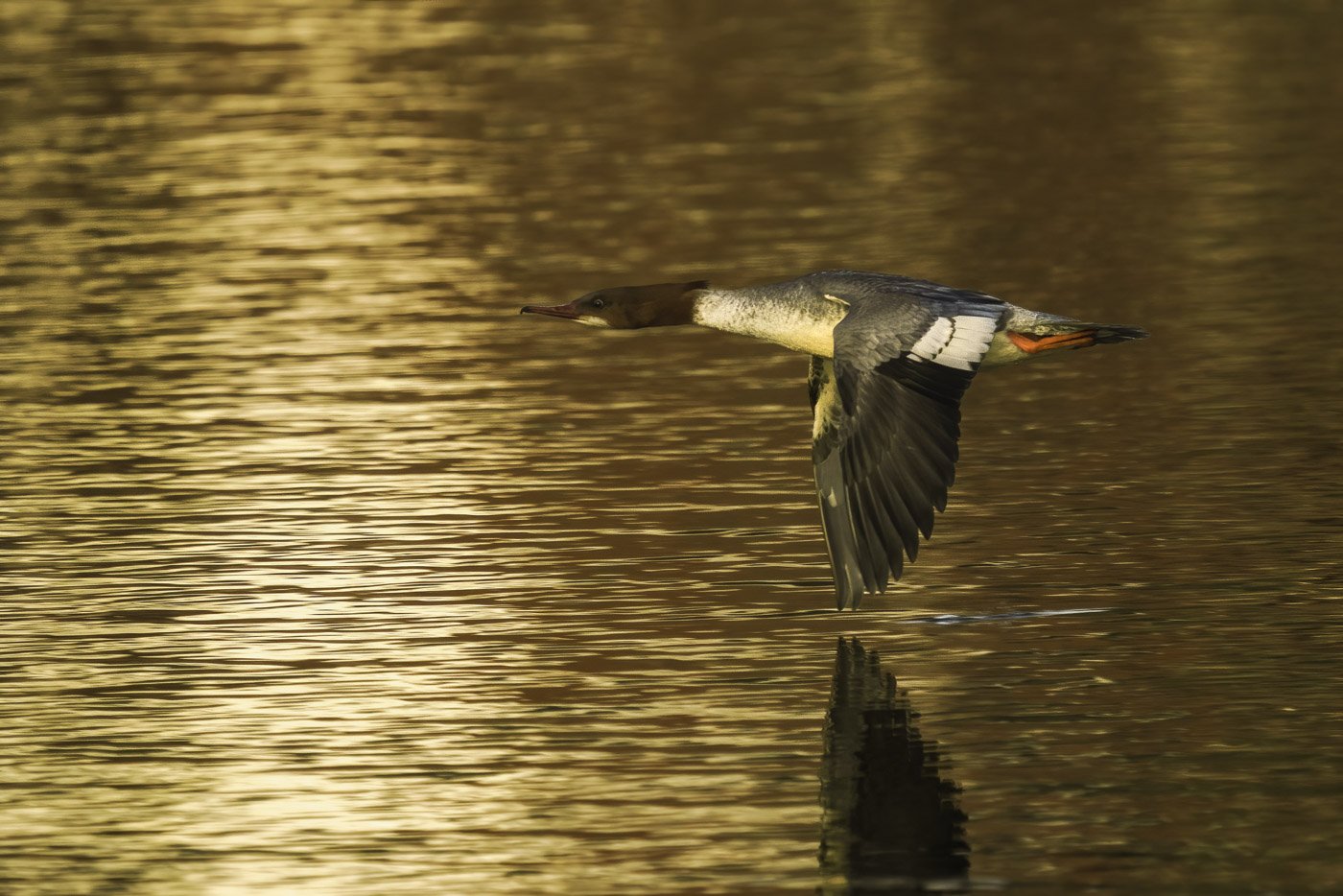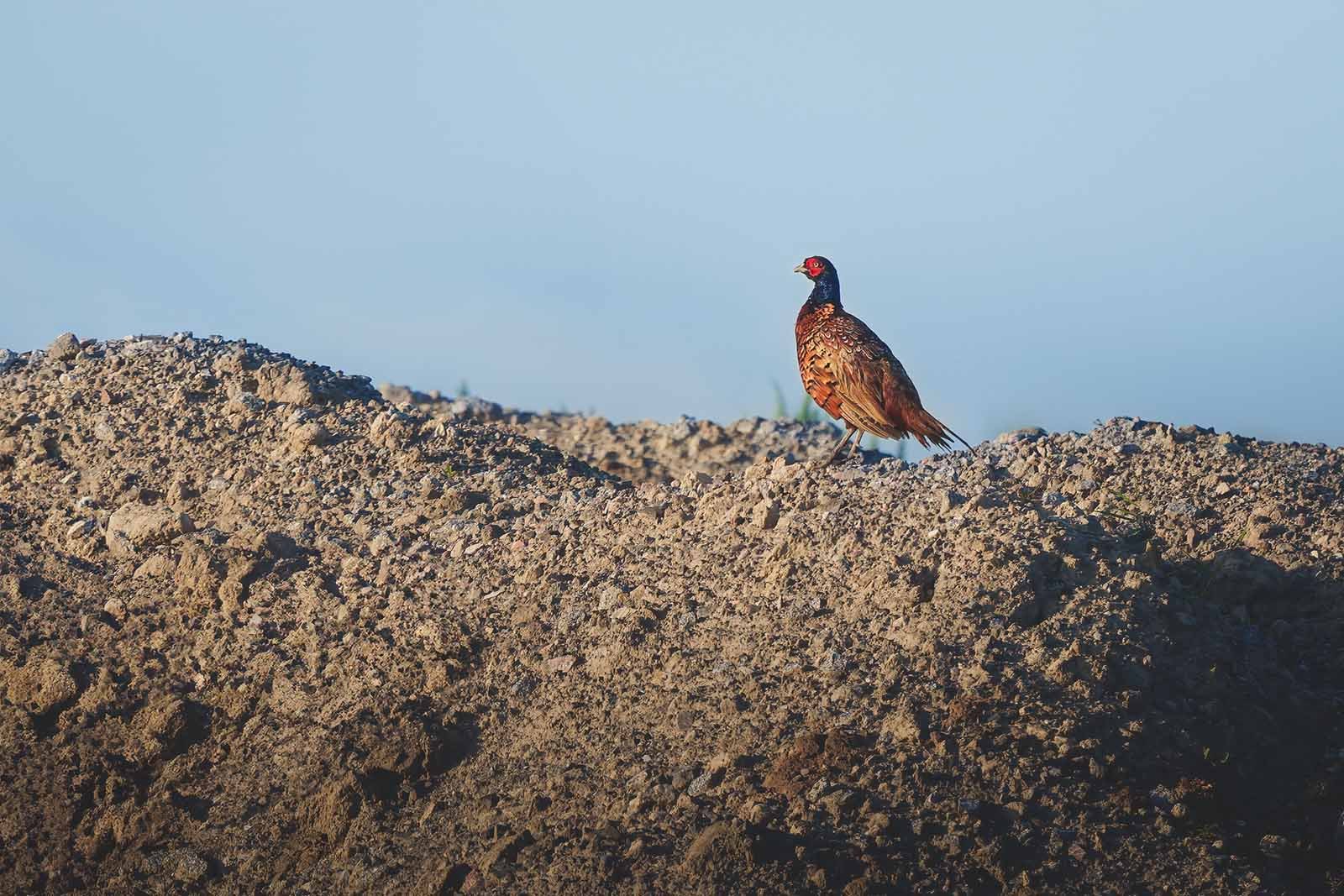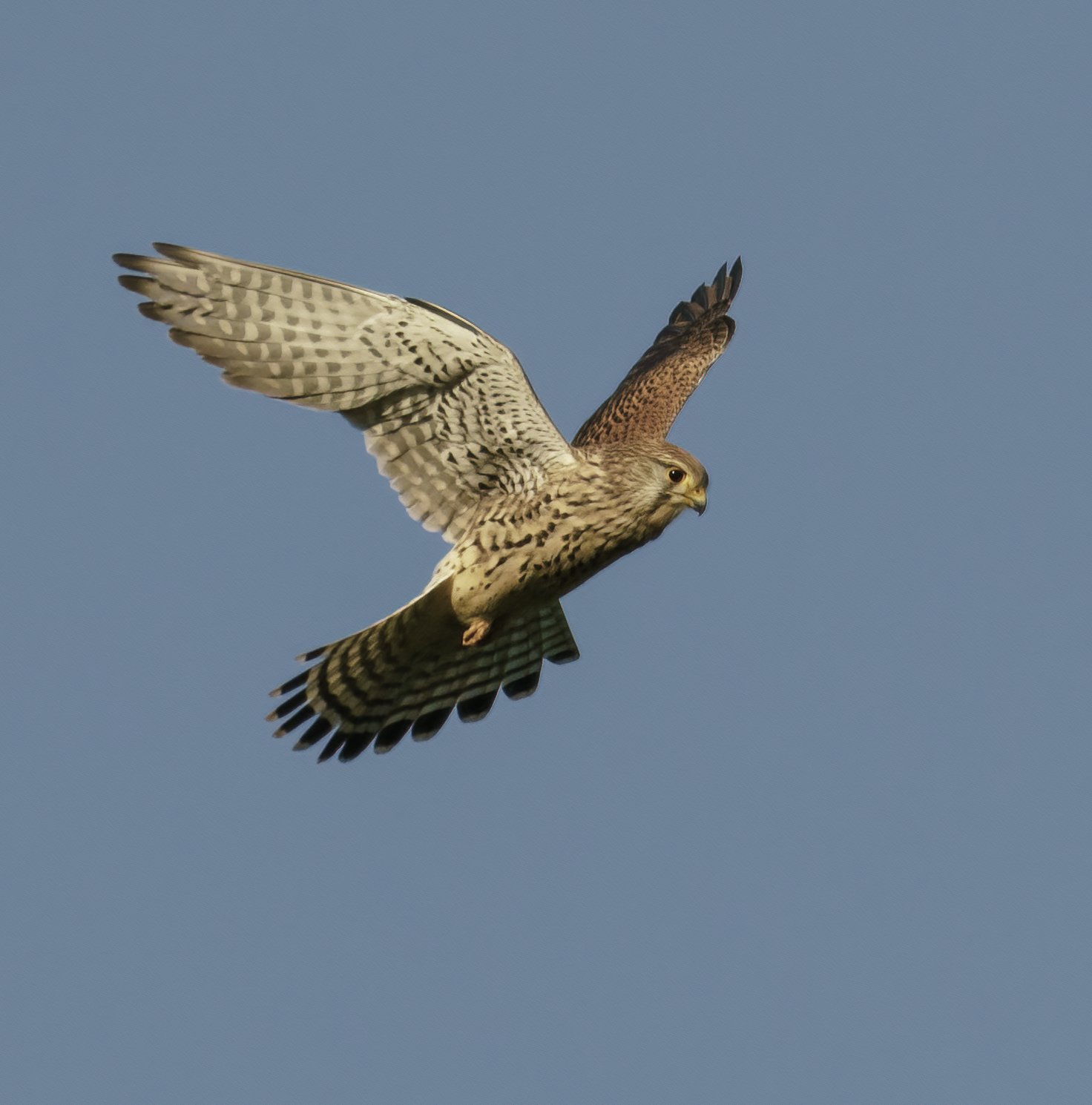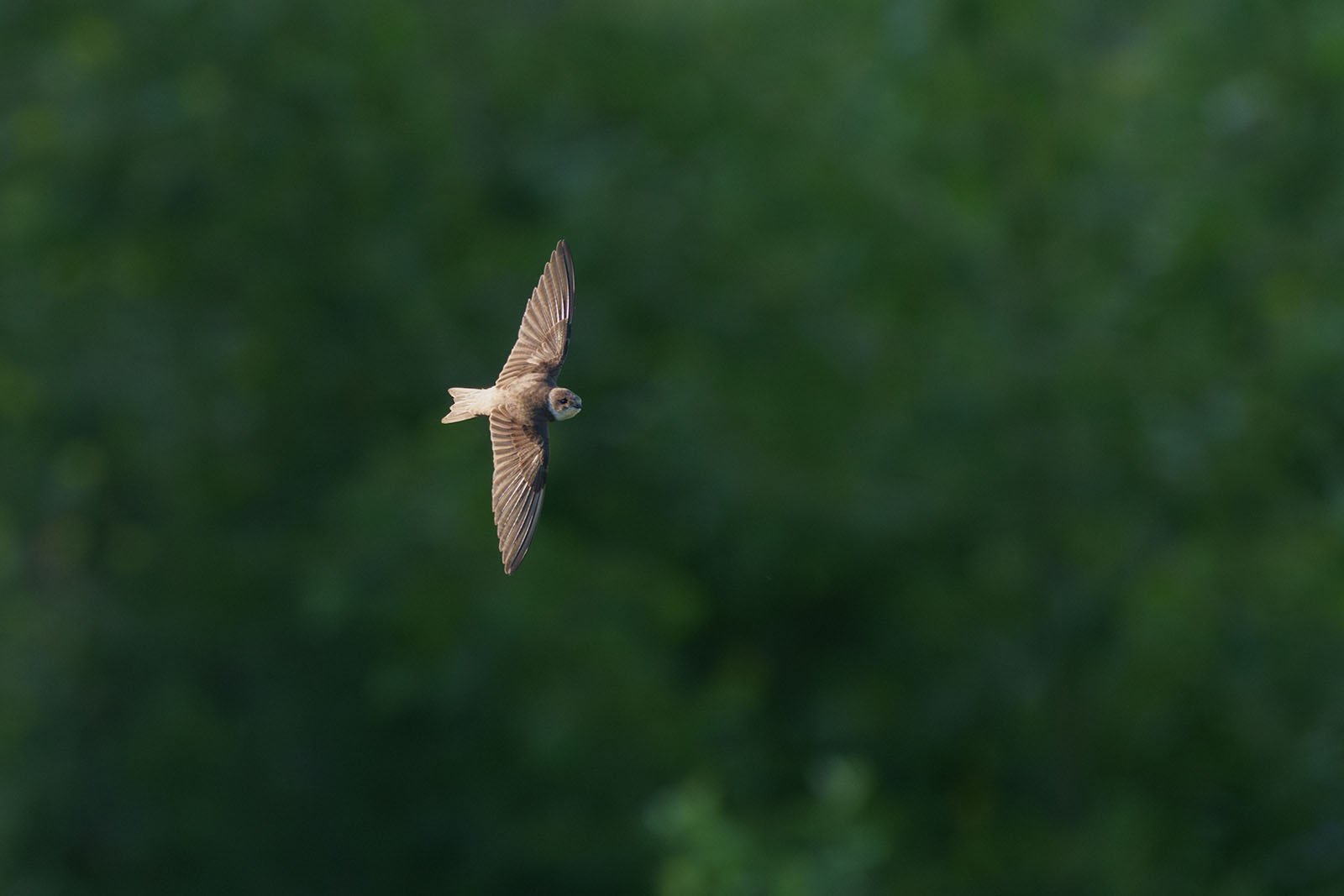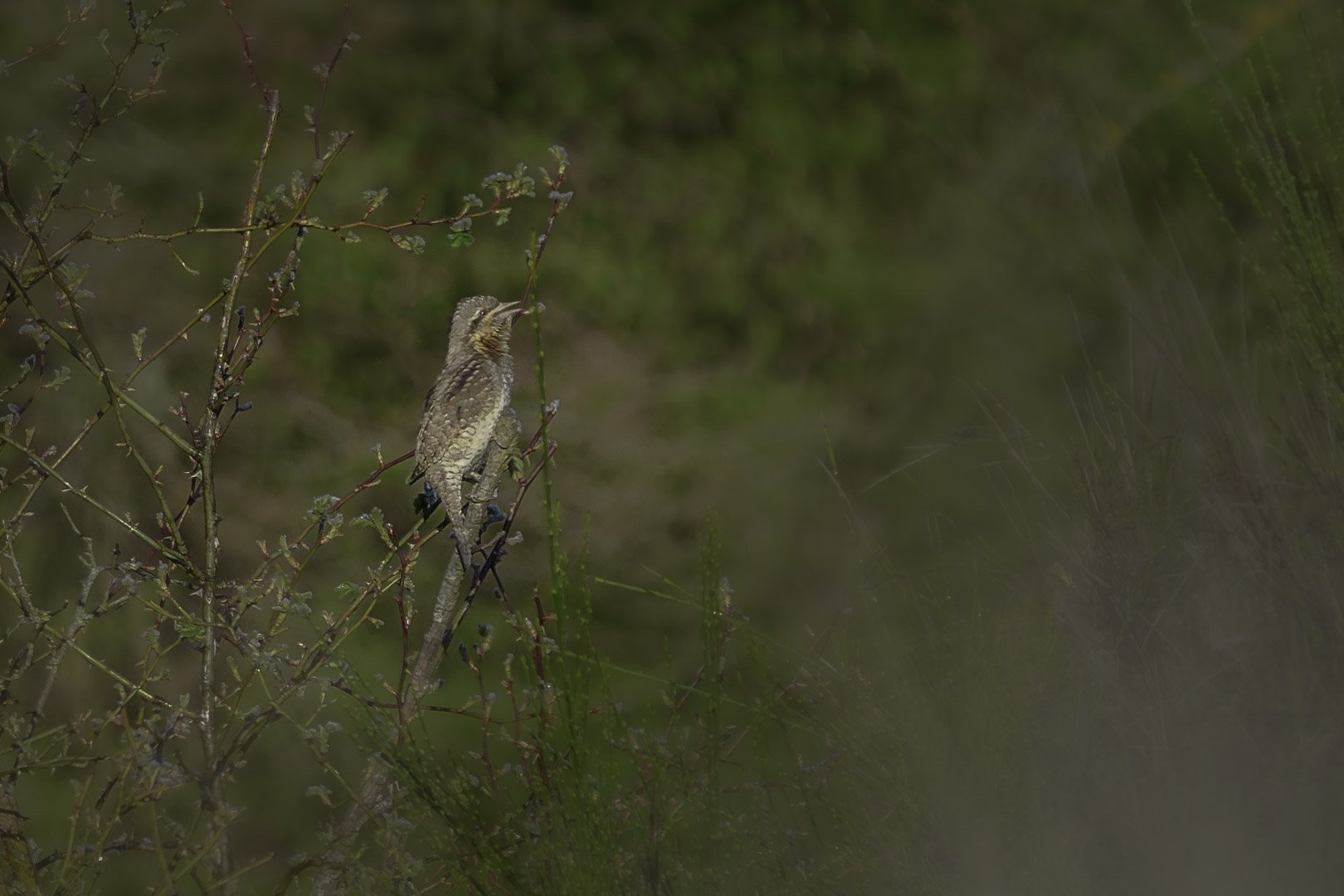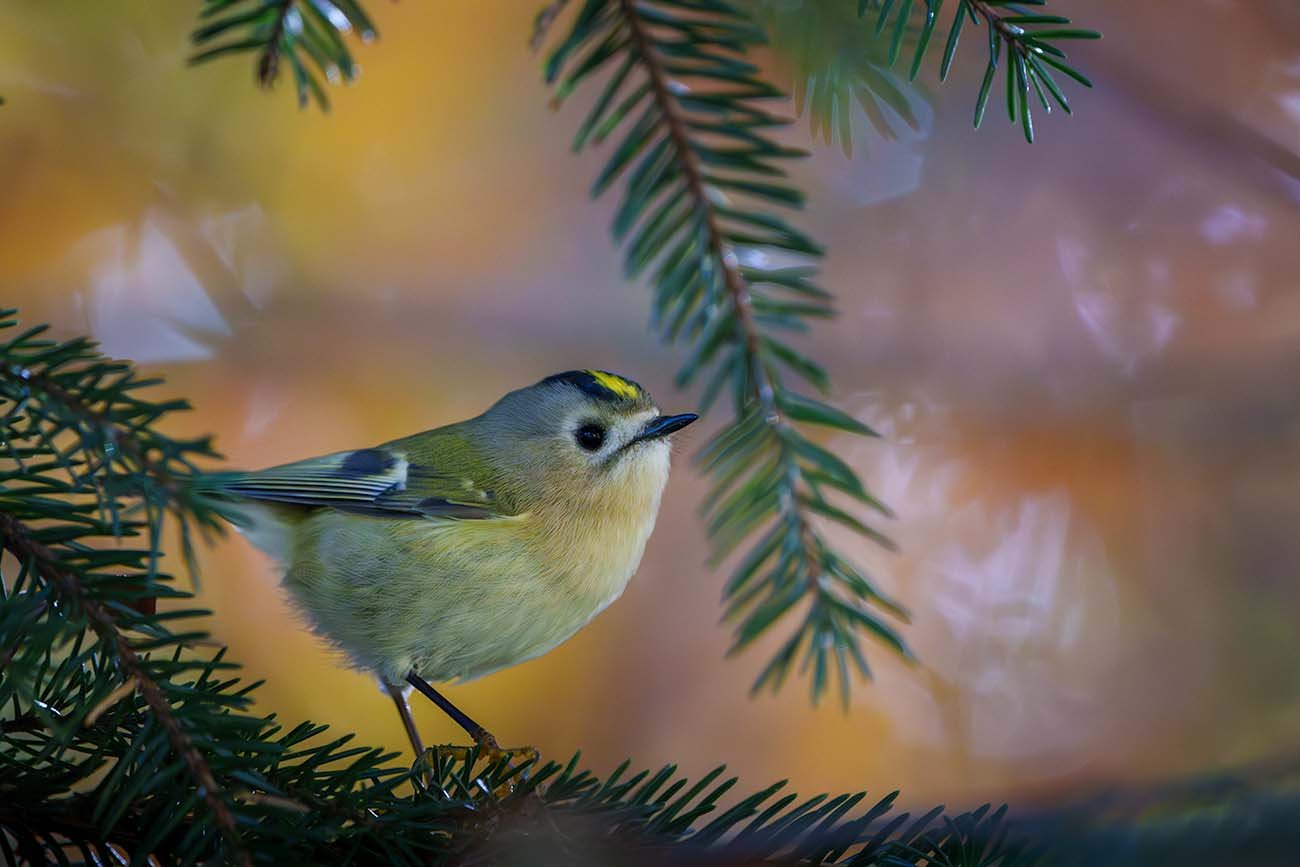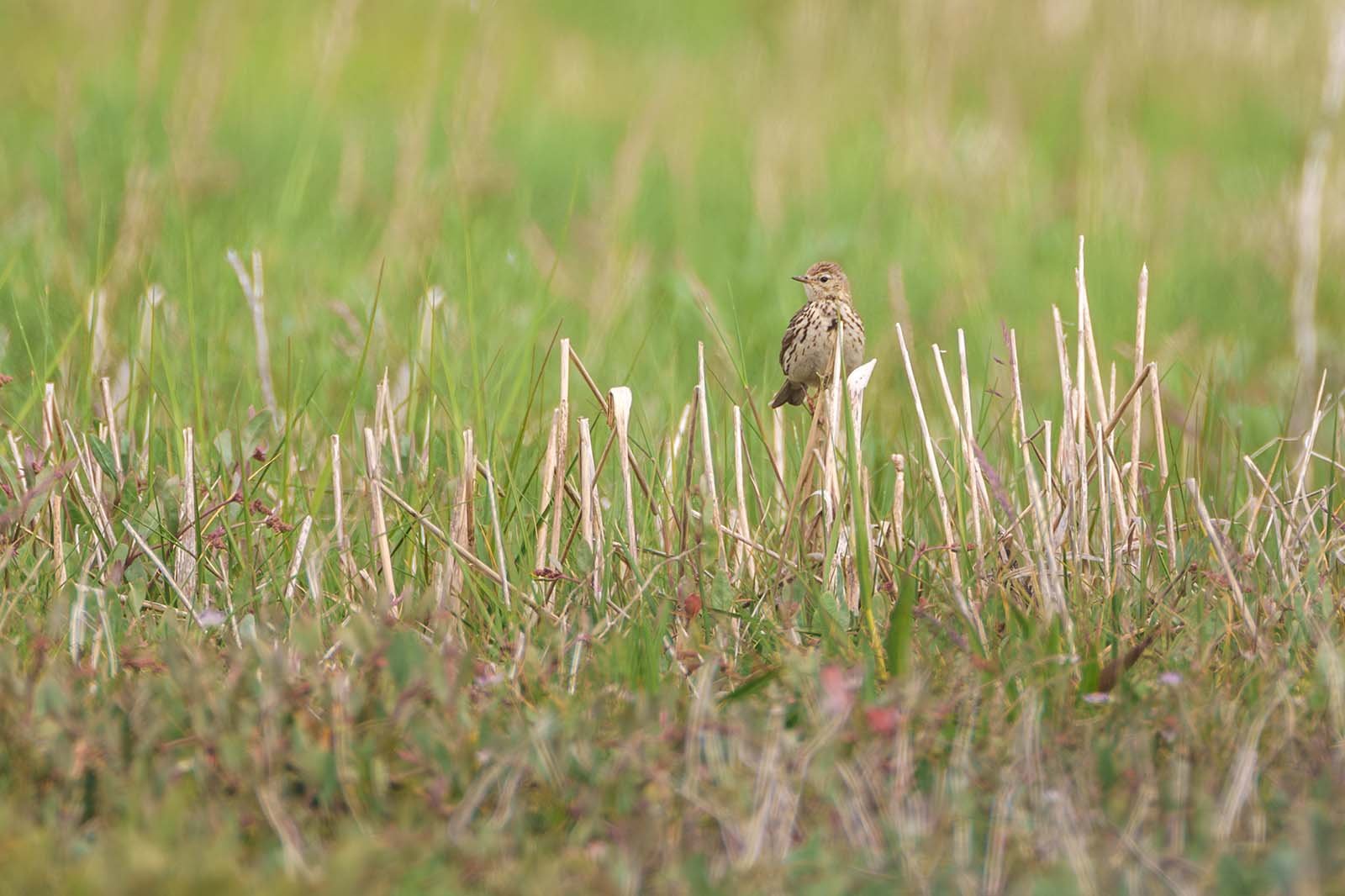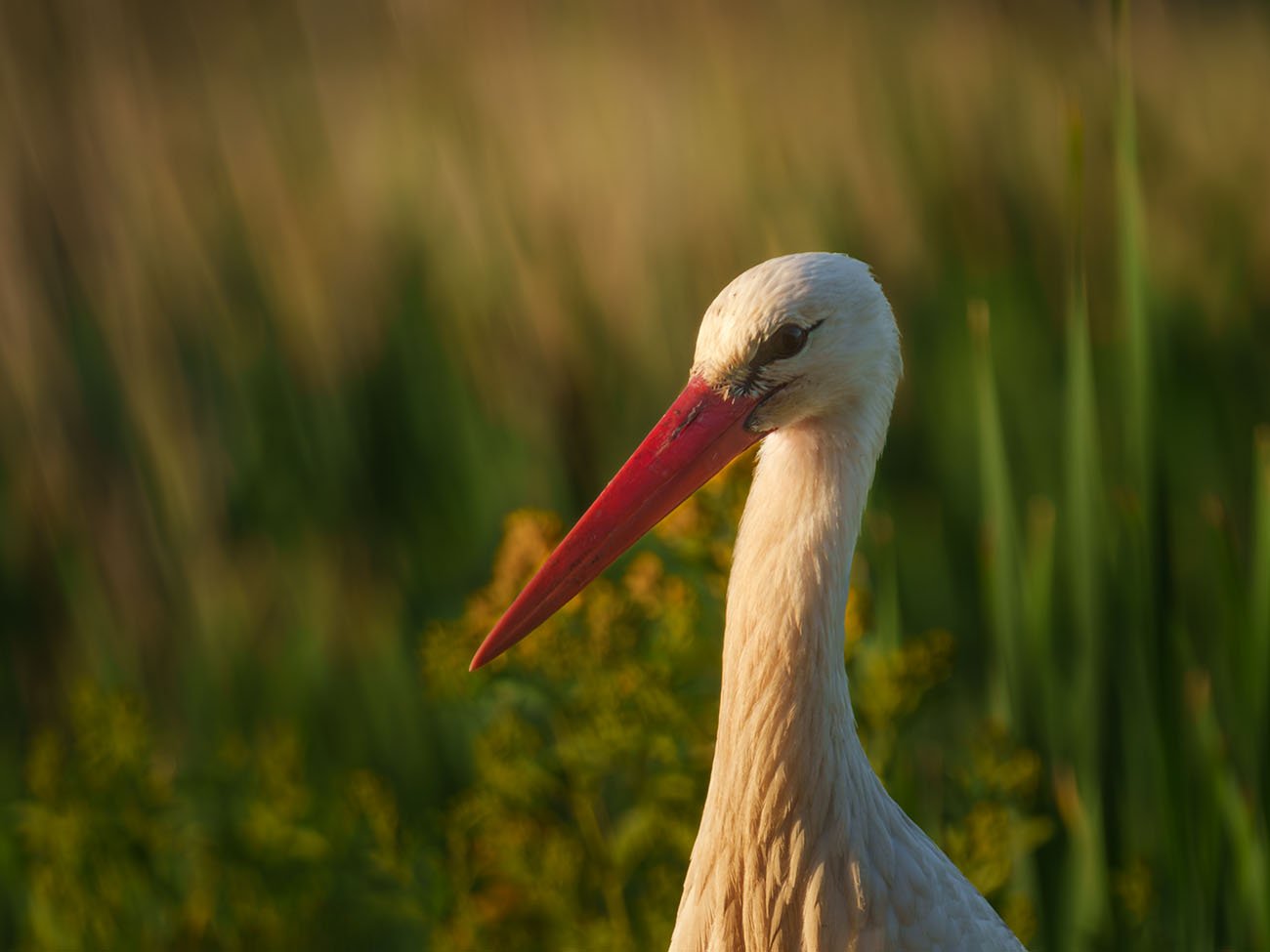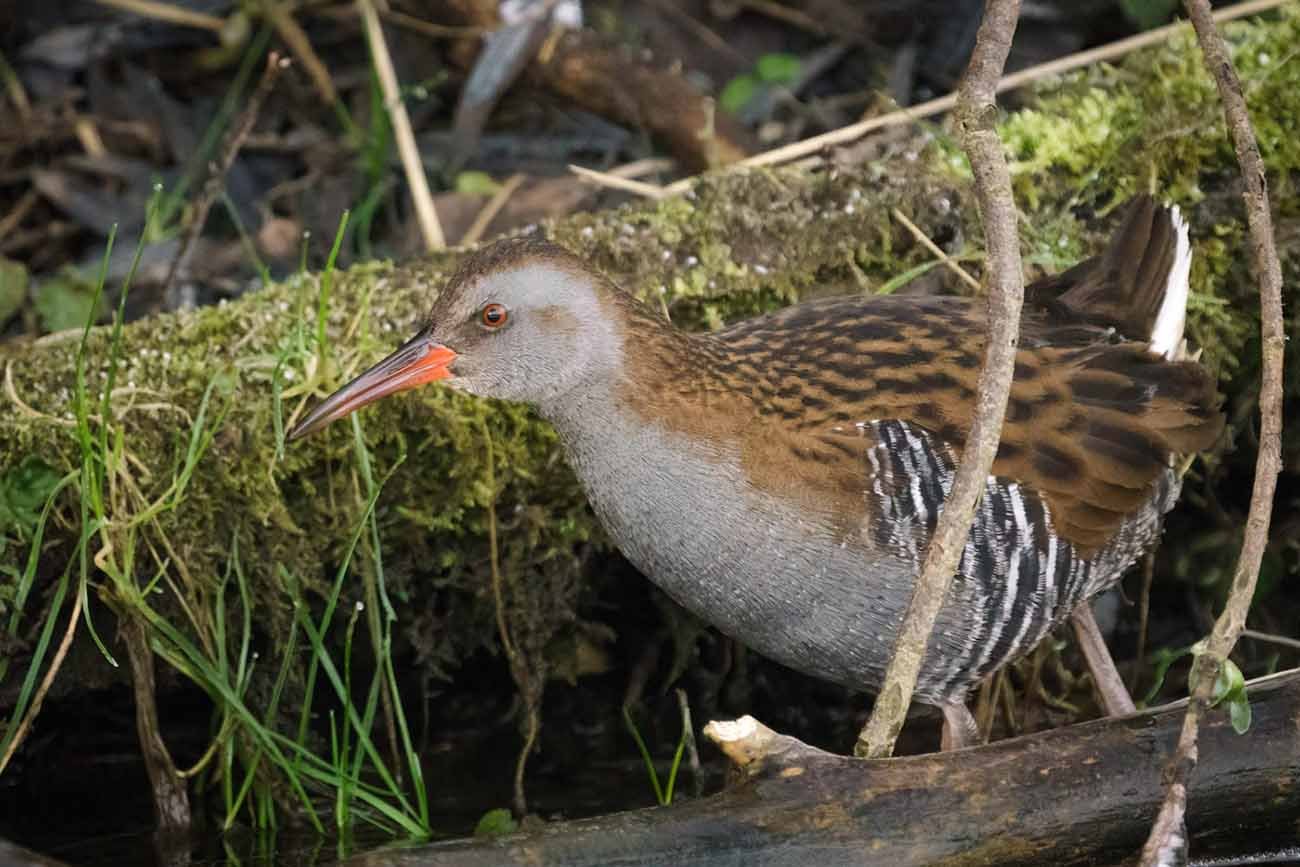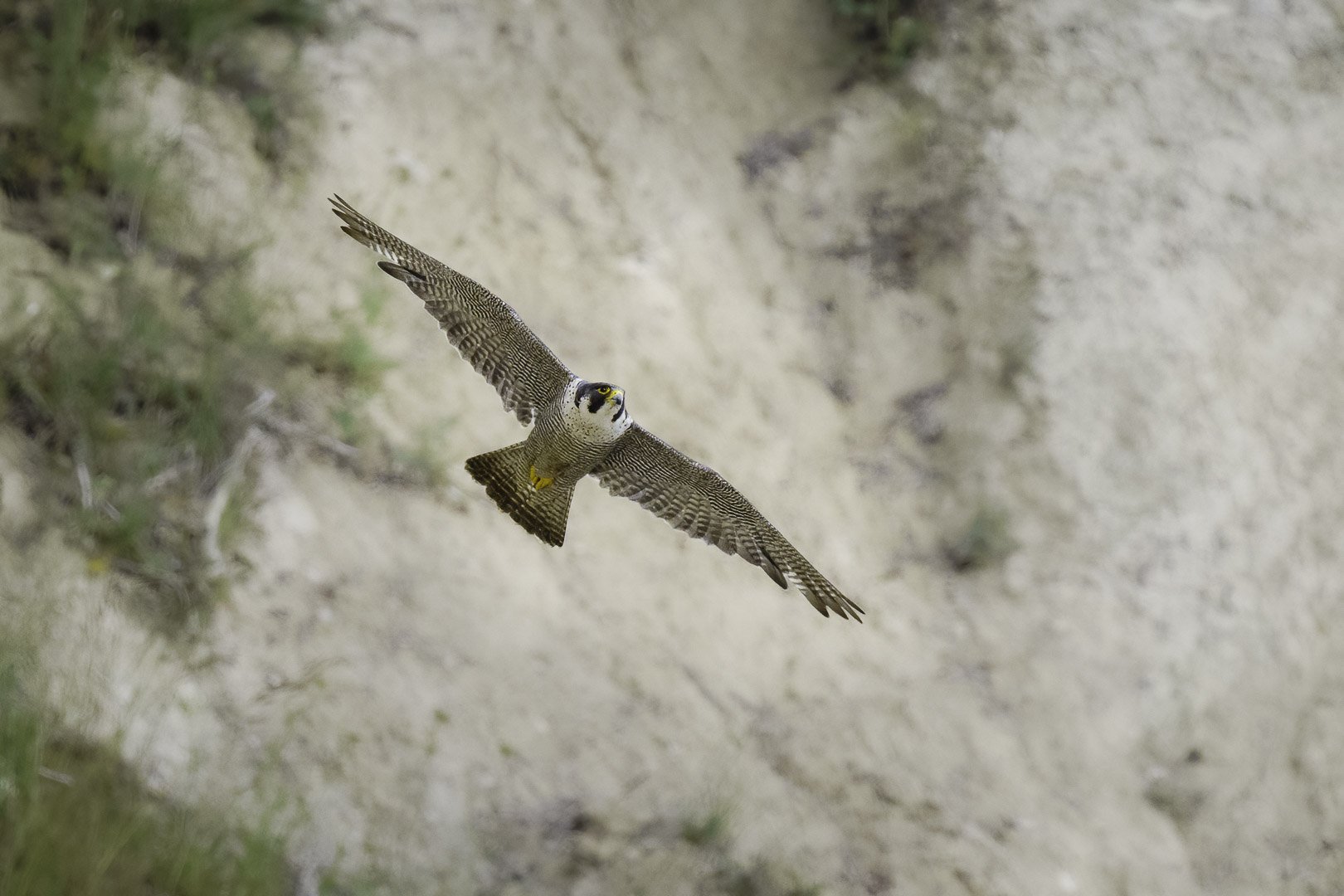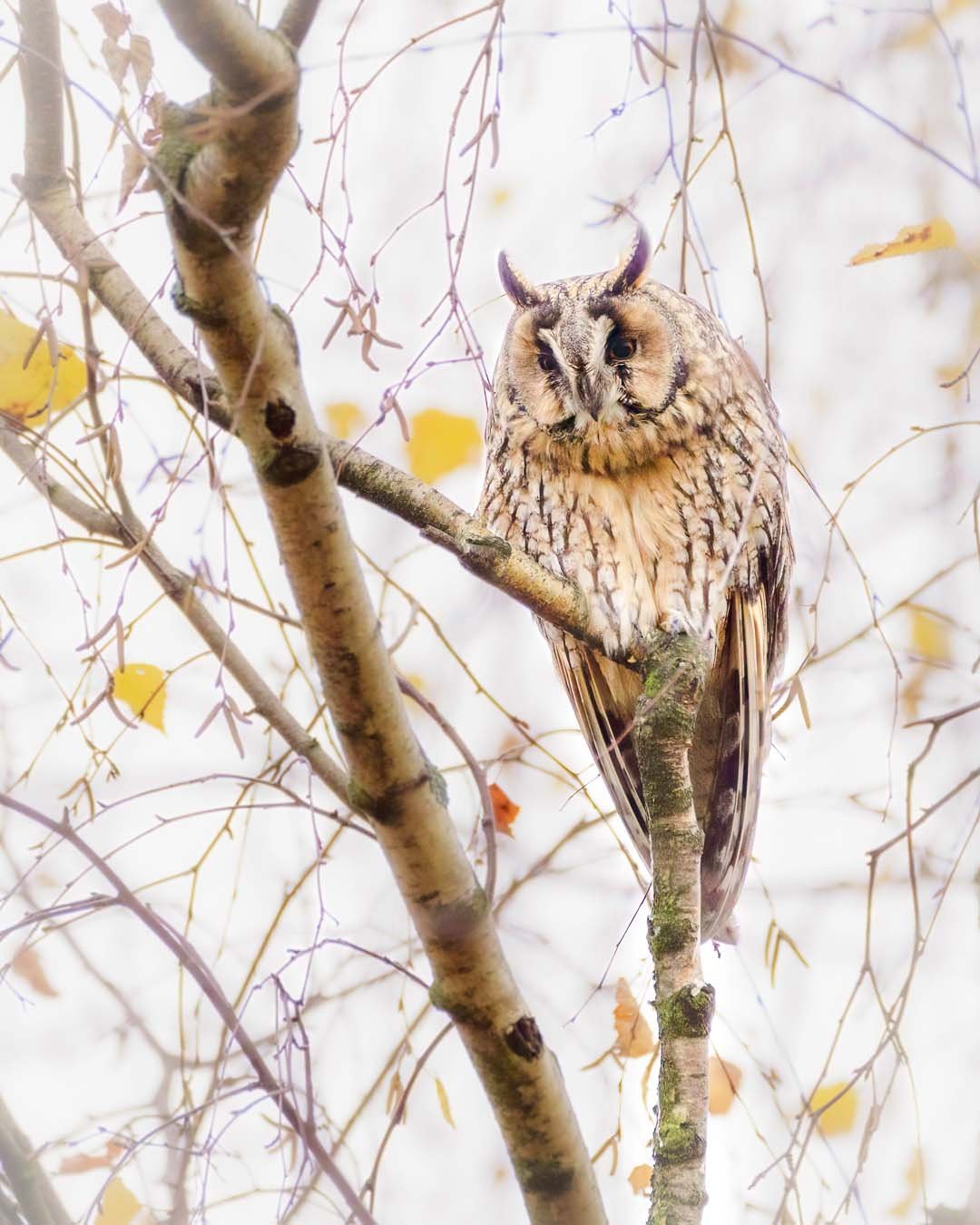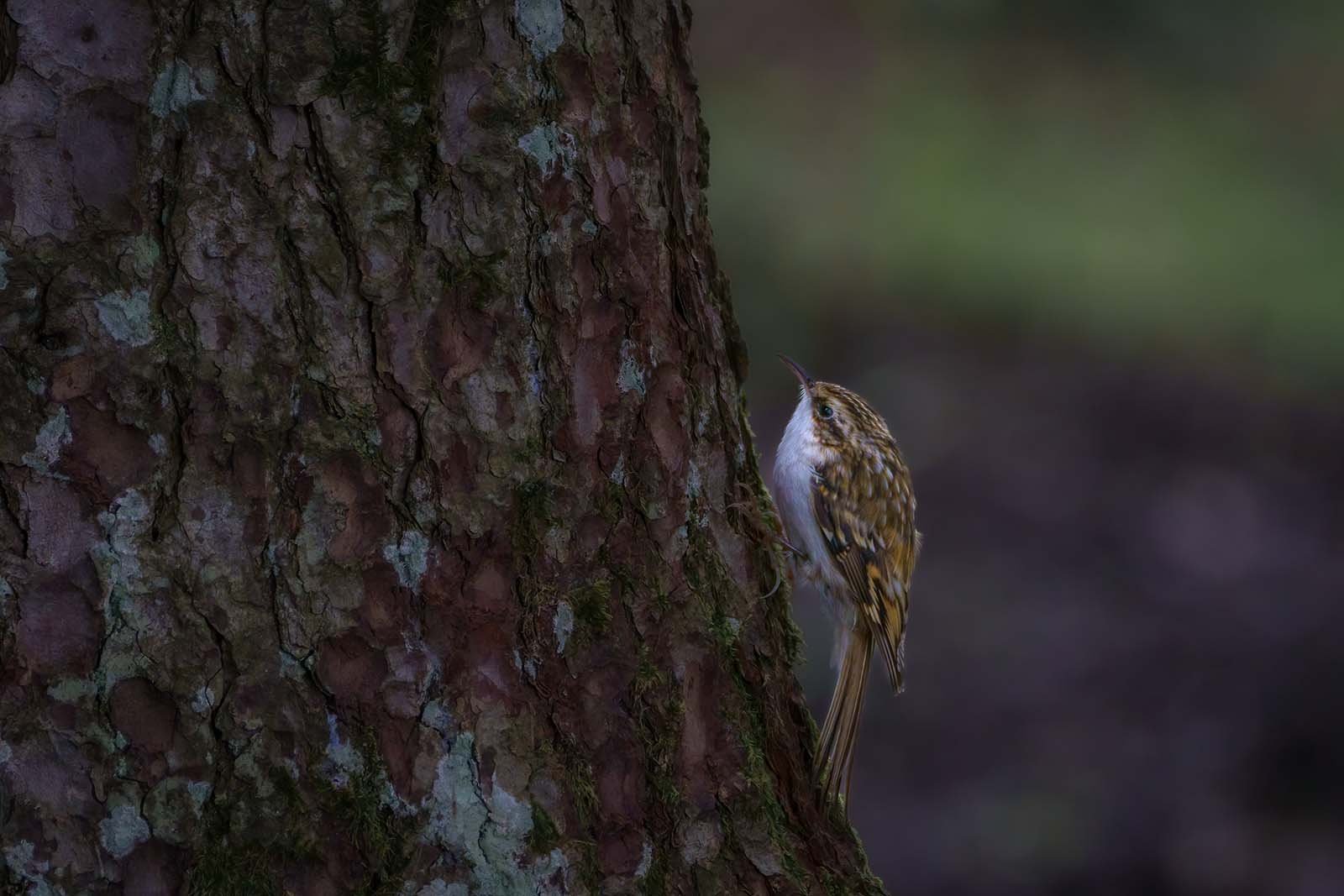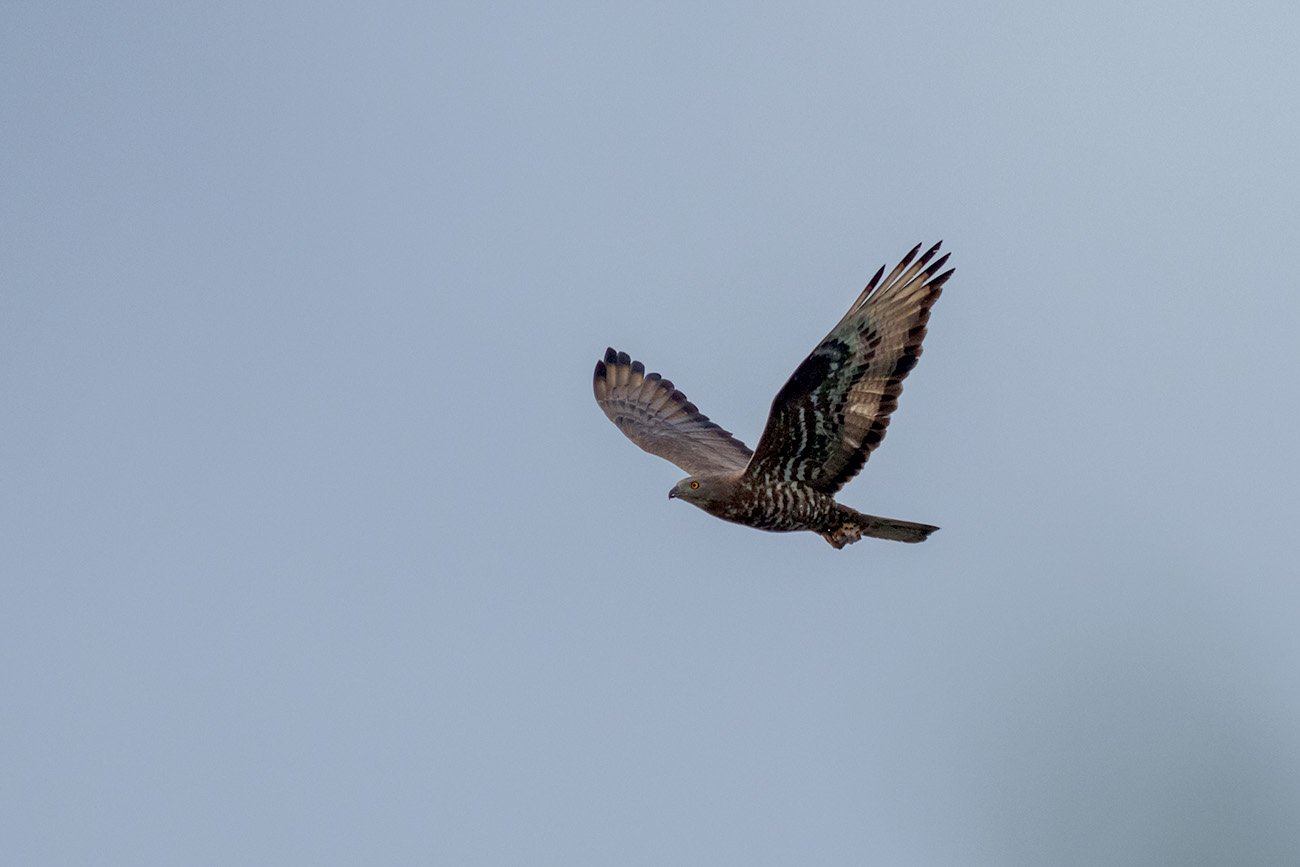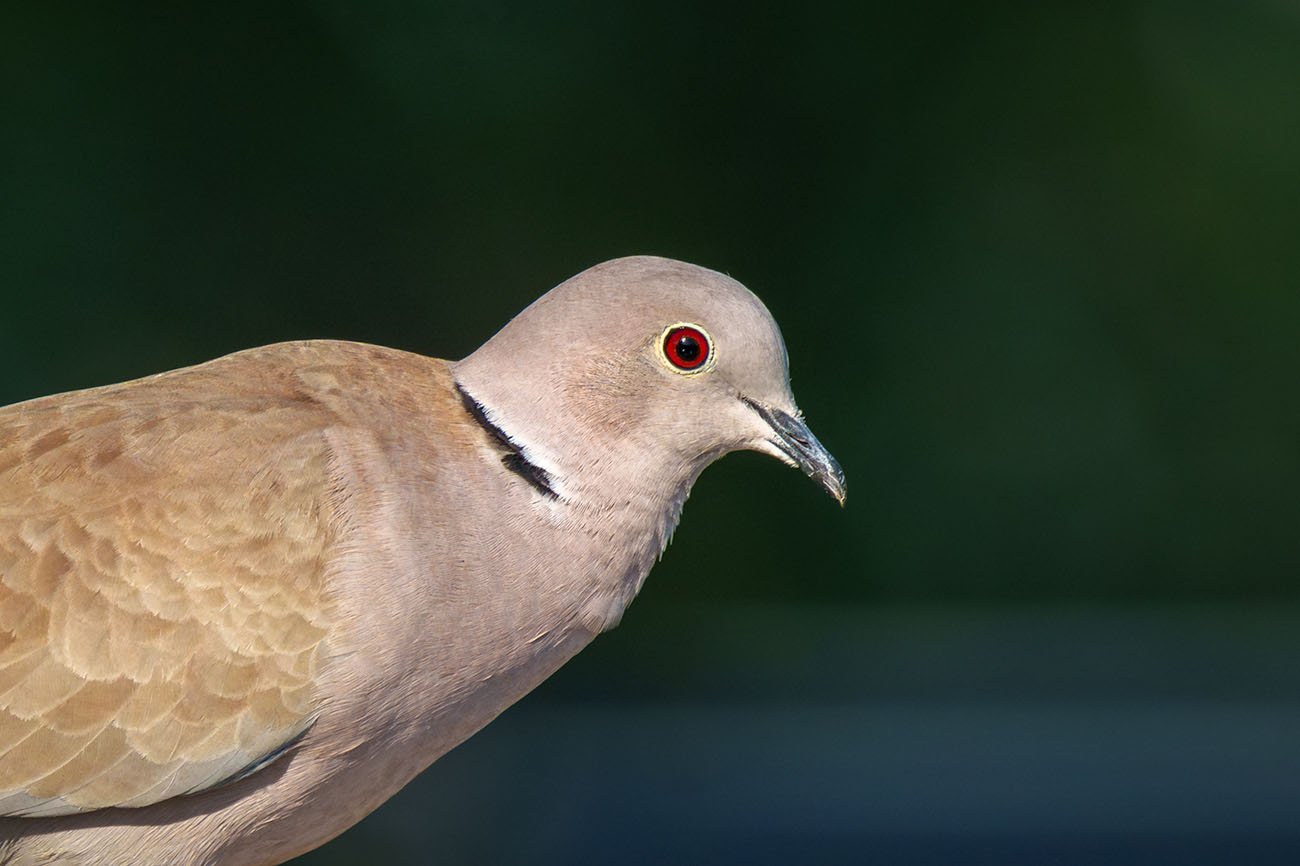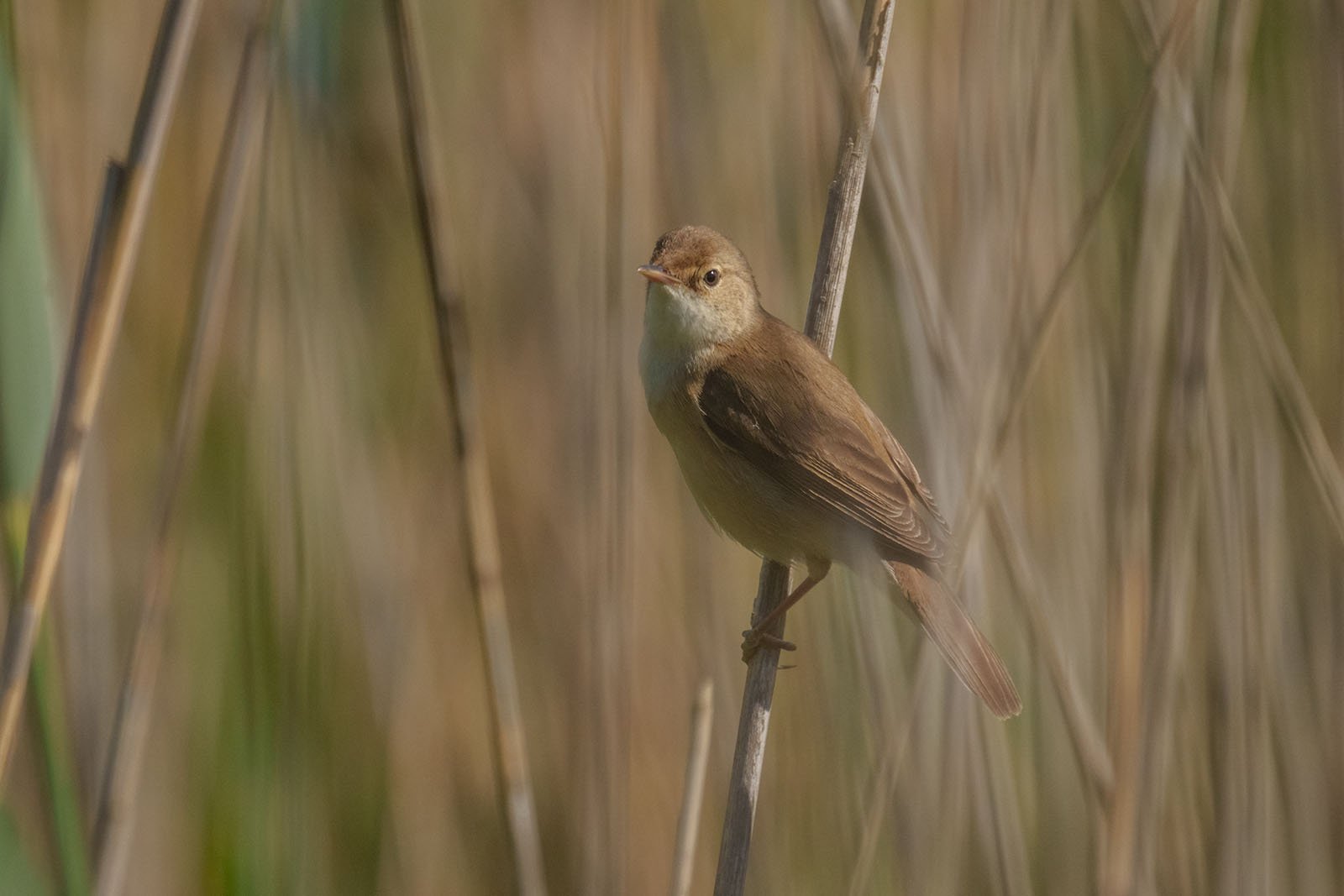Common linnet (Linaria cannabina)
Linnet (Carduelis cannabina) in dense bushes
Key Facts:
- Size: 12.5–14 cm
- Characteristics: Red breast in males, brown-gray plumage in females
- Habitat: Open landscapes, hedgerows, and forest edges
- Breeding: Nests in shrubs and hedges
- Diet: Seeds and berries
The Linnet (Carduelis cannabina) – A Splash of Color in Open Fields
Table of Contents
- Introduction: The Linnet – A Colorful Finch in Fields and Meadows
- Identification: How to Recognize the Linnet
- Habitat and Distribution: Where the Linnet Lives
- Behavior and Song: A Social Singer
- Breeding: Nesting in Dense Shrubs
- FAQ: Common Questions About the Linnet
- Shortlist – Color Features
1. Introduction: The Linnet – A Colorful Finch in Fields and Meadows
The linnet is a small, lively finch known for the bright red plumage on the males. These colorful birds are found in open landscapes like fields, meadows, and hedgerows, where they bring life to the scenery with their songs and vibrant colors. During the breeding season, the males are especially noticeable as they show off their red chest to attract females.
2. Identification: How to Recognize the Linnet
The linnet is a small bird, about 12 to 14 cm in size. The appearance of the male during the breeding season is unmistakable due to its bright red breast and forehead.
- Feathers: The male in its breeding plumage has a striking red forehead and chest, with a warm brown back. The head is grayish-brown, contrasting with the red areas. After the breeding season, the red fades, and the plumage appears more brown. Females and juveniles lack the red feathers. Their plumage is mostly brownish with fine, light streaks, giving them good camouflage in their surroundings.
- Beak: The short, pointed beak is pale gray and well-suited for picking up small seeds, which are the linnet’s main food source.
- Eyes: The dark eyes contrast with the lighter face, giving the bird an alert and lively expression.
- Feet: The slender, brownish legs help the linnet balance while perching in bushes and on thin branches.
Overall, the linnet is easy to spot in open fields thanks to its warm brown tones and bright red markings.
3. Habitat and Distribution: Where the Linnet Lives
The linnet is native to open landscapes, especially in areas with hedgerows, bushes, and field edges. Typical habitats include light forests, gardens, orchards, and even sandy dunes. These varied environments offer the linnet plenty of food and nesting spots. You’ll often see them perched on thin branches or sitting in hedgerows, singing or searching for seeds.
4. Behavior and Song: A Social Singer
Linnets are social birds often found in small groups. Especially outside of the breeding season, they gather in larger flocks that move together across the landscape. The linnet’s song is a melodic series of chirps, commonly heard in open areas. Males prefer to sing from elevated spots like shrubs or treetops to mark their territory and attract females.
5. Breeding: Nesting in Dense Shrubs
The linnet builds its nest well hidden in dense bushes or hedgerows. The nest is made from grass, moss, and small twigs, carefully lined with softer materials. The breeding season begins in spring, and the female lays four to six eggs, which she incubates for about two weeks. After hatching, both parents feed the chicks, which leave the nest after about two weeks.
6. FAQ: Common Questions About the Linnet
1. Where is the best place to spot a linnet?
In open landscapes like fields, hedgerows, and meadows, especially in spring when the males display their bright red plumage.
2. What does the linnet mainly eat?
Its primary diet consists of small seeds, especially from wild herbs and grasses. In summer, insects and berries are added to their menu.
3. How can you tell the difference between male and female linnets?
Males have a red forehead and chest during the breeding season, while females and juveniles have brownish-streaked plumage with no red areas.
4. When and where does the linnet build its nest?
Nests are built well-hidden in dense shrubs or hedgerows, usually in spring. The nest is made from grass and moss, lined with soft materials.
5. How does the linnet behave outside the breeding season?
After the breeding season, linnets often form larger flocks that travel together in search of food across the landscape.
7. Shortlist – Color Features
Feathers:
- Males: Red forehead and chest, brown back, grayish-brown head.
- Females: Brownish with fine streaks, gray-brown neck.
- Juveniles: Brownish with stronger streaks, no red areas.
Beak:
- Short, pointed, pale gray.
Eyes:
- Dark, contrasting with the lighter face.
Feet:
- Brownish, slender.
The linnet is a charming bird that delights both experienced birdwatchers and newcomers with its colorful appearance and lively song. It’s especially a joy to see in spring when its vibrant colors stand out in the open landscape.



